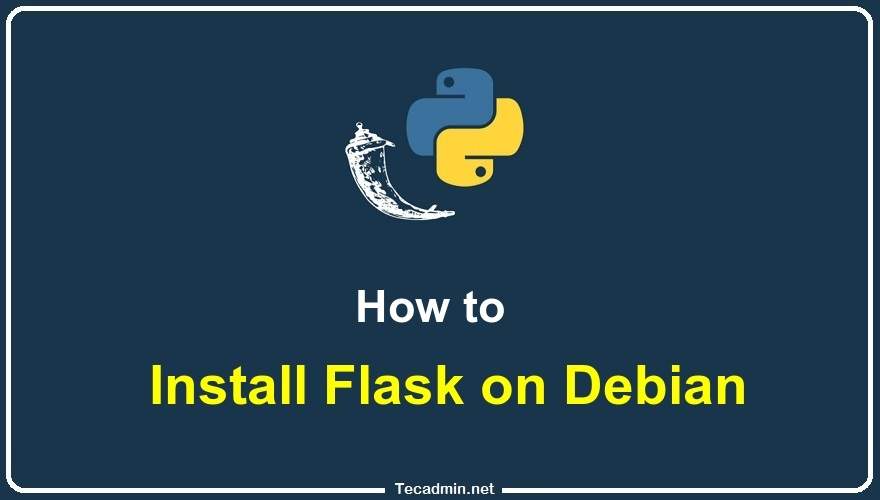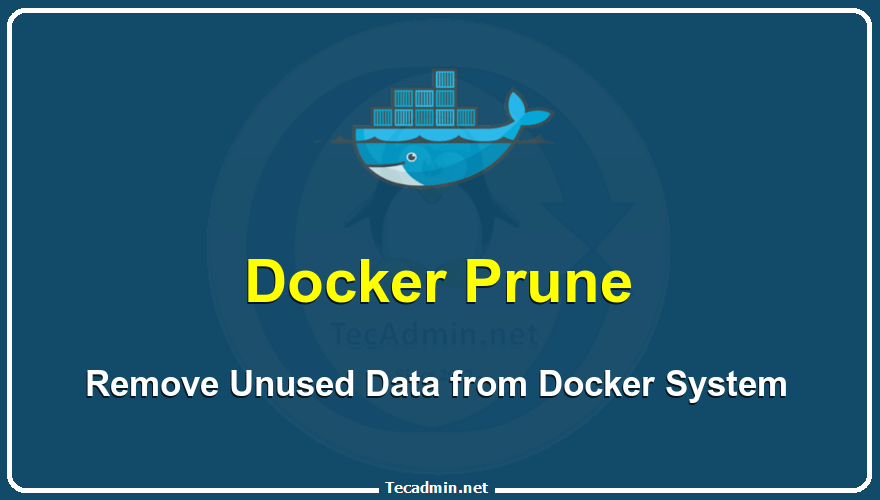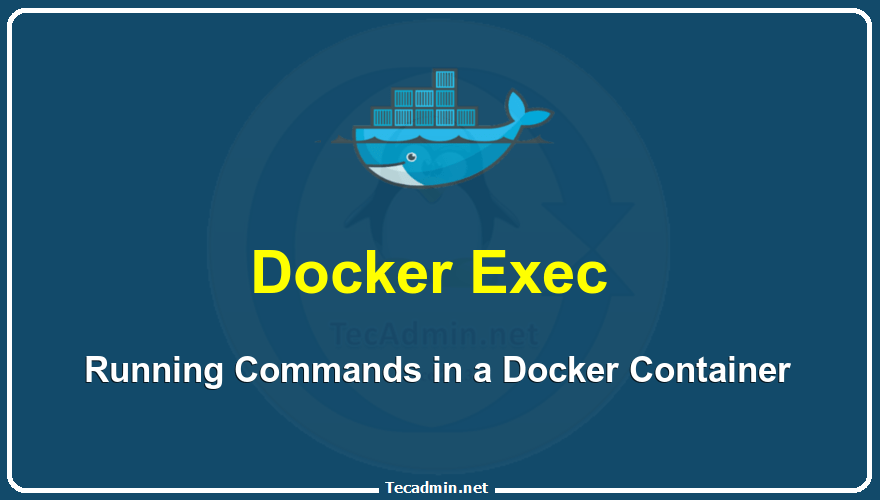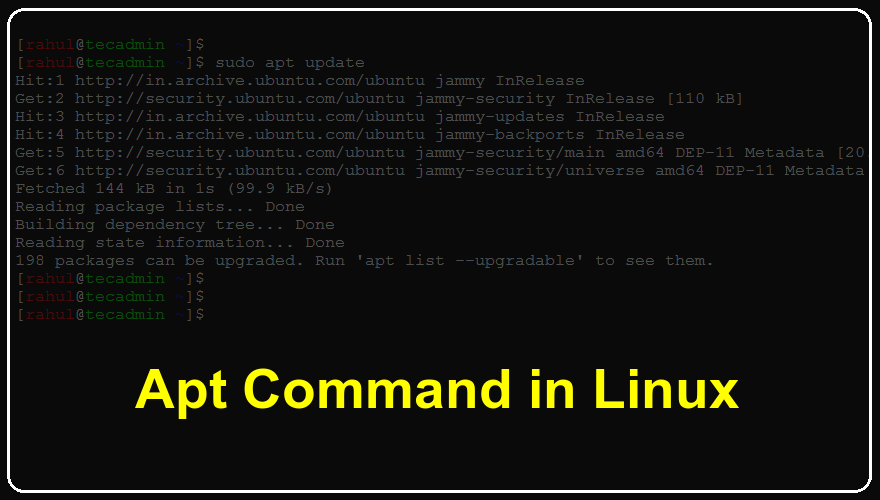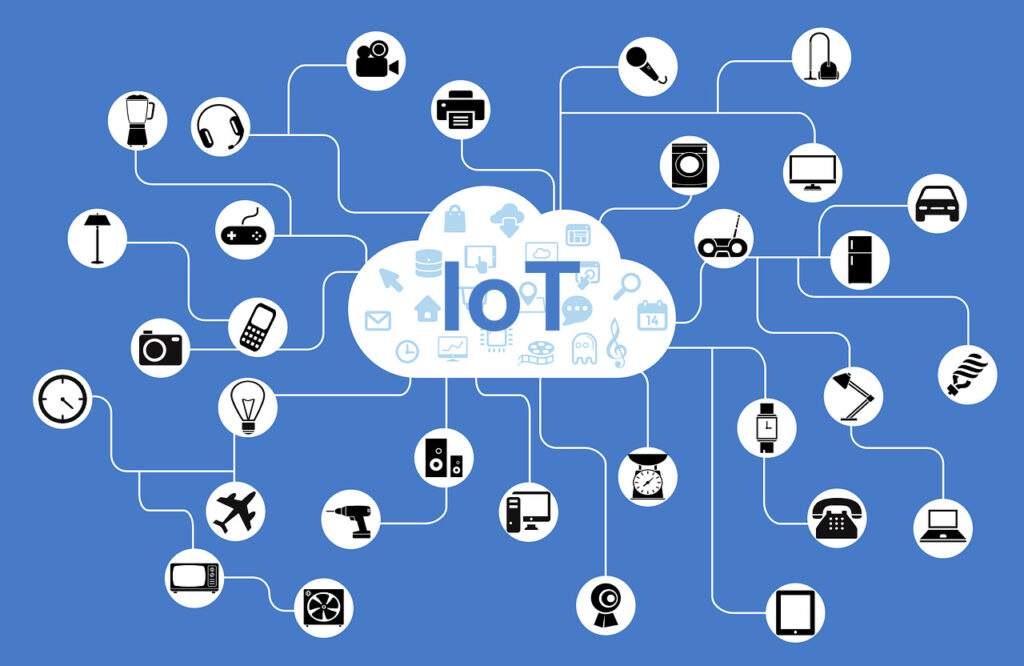Flask is a microweb framework written in Python that is widely used for building web applications. It is a lightweight framework that does not require particular tools or libraries to be installed. Flask provides developers with the ability to add functionality to their applications through the use of libraries and modules. In this tutorial, we will show you how to install Flask on Debian Linux. Debian 11, also known as “Bullseye,” is the latest stable release of the Debian operating system. It is a free and open-source operating system that is widely used on servers and other systems. Prerequisites Before…
Author: Rahul
Git is an essential tool in the software development process, allowing developers to manage and collaborate on code effectively. One crucial aspect of Git is the remote repository, which serves as a hub to synchronize code changes among team members. Sometimes, you may need to change the remote origin URL to a new location or update the repository’s address. In this article, we will walk you through the steps to change your Git remote origin URL, ensuring a streamlined workflow and a smooth transition. Step 1: Verify Your Current Remote Repository Before making any changes, it’s essential to verify the…
A high-availability cluster is a type of computing system that is designed to ensure that critical services and applications remain available to users with minimal downtime. It consists of multiple servers, or nodes, that are configured to work together to provide a single, unified service or application. If one node fails, the other nodes take over to ensure that the service or application remains available to users. There are several different types of high-availability clusters, including active-passive, active-active, and hybrid clusters. An active-passive cluster consists of one active node that handles all requests and one or more passive nodes that…
Docker is a popular containerization platform that allows you to package, deploy, and run applications in a container. As you use Docker, you may accumulate a large number of images, containers, and volumes that take up space on your system. The `docker system prune` command allows you to remove unused data from your Docker system, including stopped containers, dangling images, and unused networks and volumes. In a production environment, it is important to carefully consider the implications of using the `docker system prune`, as it can potentially remove data that is still in use. In this article, we will go…
Docker is a popular containerization platform that allows you to package, deploy, and run applications in a container. The `docker exec` command allows you to run commands in a running Docker container. This can be useful for debugging, testing, and administering containers. In this article, we will go over how to use the docker exec command to run commands inside a running Docker container. Running Commands in a Container To run a command inside a Docker container, you can use the docker exec command followed by the container ID or container name, and the command you want to run. For…
The apt command is one of the most powerful and versatile tools in the Linux operating system. It provides users with a powerful, yet easy-to-use, package management system that can be used to easily manage and install the software. With the apt command, users can quickly and easily search for, install, upgrade, and uninstall software applications from their systems. This guide provides a detailed overview of the apt command and explains how to use it to manage software on a Linux system. It explains the different commands and options available and outlines how to use them to manage software, resolve…
Pip is a package management system used to install and manage software packages written in Python. It stands for “Pip Installs Packages” and is a helpful tool for developers to easily share and collaborate on code. In this article, we will explain how to install Pip on Ubuntu 22.04. Before installing Pip, make sure that Python is installed on your system. Ubuntu 22.04 comes with Python 3.9 pre-installed, so you don’t need to worry about installing it. You can check the version of Python installed on your system by running the following command: python3 -V Command ‘python3.11’ not found, but…
Bash aliases are shortcuts that allow you to use a shorter or simpler command to represent a longer or more complex command. Bash aliases are useful when you frequently use long or complex commands and want to save time and effort by using a shorter or simpler command instead. To create a Bash alias with arguments and parameters, you can use the alias command and include variables in the alias definition. In this article, we will explore how to create Bash aliases with arguments and parameters. Creating a Bash Alias You can use the `alias` command for creating aliases in…
In Linux, a port is a numbered network connection that allows a device to communicate with other devices over the internet or a local network. It is important to ensure that the desired ports are open and accessible to ensure the smooth functioning of network services. There are various ways to check if a port is open in Linux, and in this article, we will discuss five of them. In this tutorial, we will discuss 3 methods (`nc`, `nmap`, and `telnet`) to check the listening (open) port on a remote host. Also, discuss 2 (`lsof` and `ss`) commands to check…
The Internet of Things (IoT) is a system of interconnected devices, machines, objects, animals, or people that are able to transfer data over a network without the need for human-to-human or human-to-computer interaction. This network of connected devices is able to communicate with each other and share data using sensors, software, and other technologies. The IoT has the potential to revolutionize the way we live and work, by making our daily lives more convenient, efficient, and secure. For example, smart homes equipped with IoT devices can allow homeowners to control their appliances, lighting, and heating from their smartphones, while smart…

